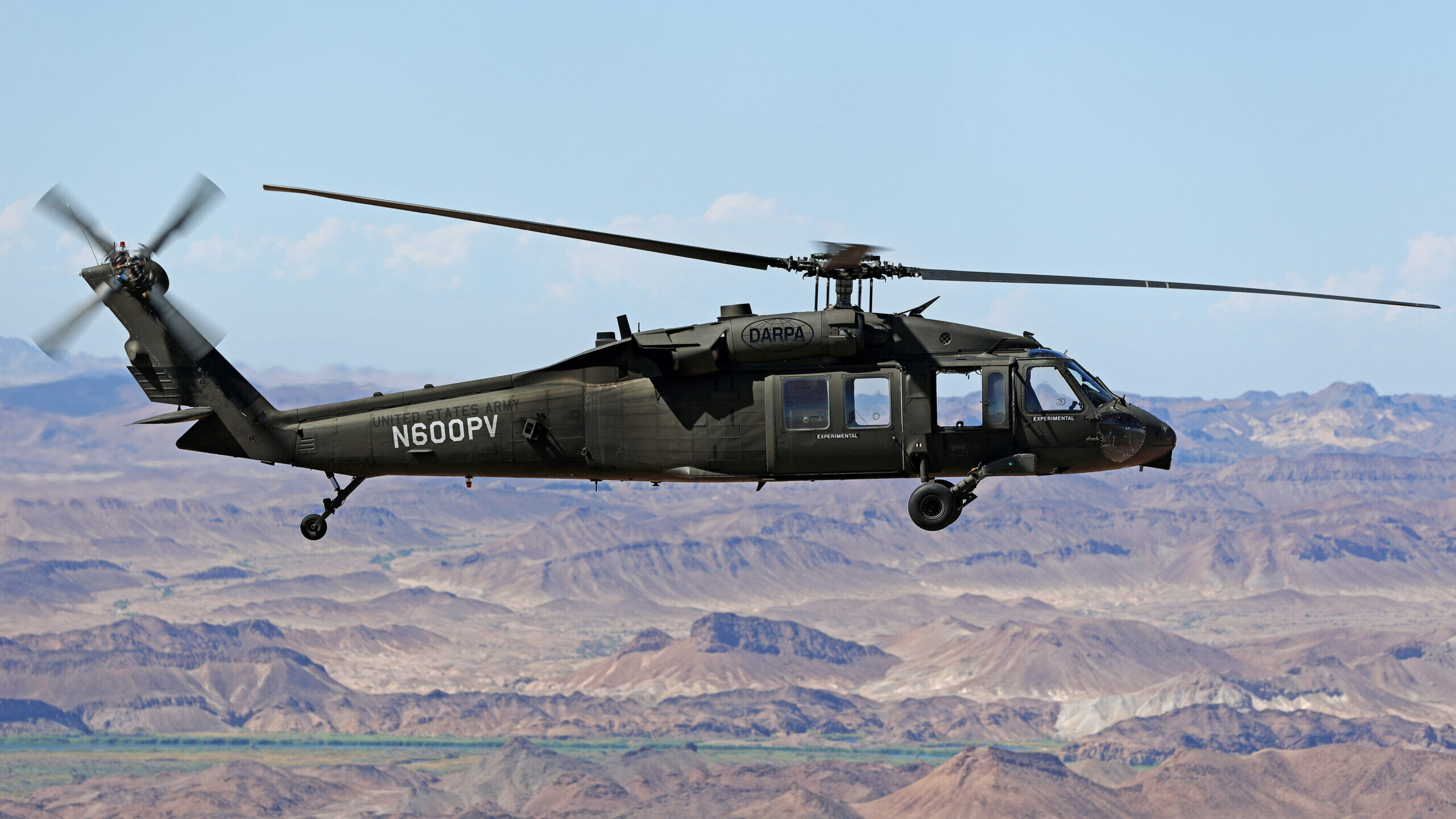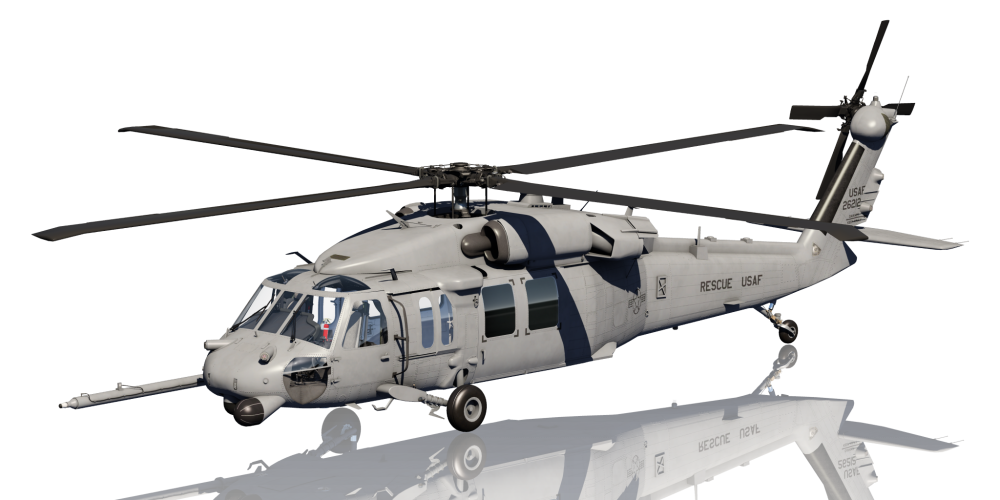A Comprehensive Overview to the UH 60's Attributes and Efficiency Metrics
A Comprehensive Overview to the UH 60's Attributes and Efficiency Metrics
Blog Article
UH-60: Technologies in Modern Helicopter Design
The UH-60 helicopter stands as a standard in modern air travel, showcasing substantial developments in layout and technology that cater to the advancing demands of military procedures. As we discover the evolution and crucial technologies of the UH-60, it becomes necessary to take into consideration how these advancements affect not just current applications however likewise the future landscape of helicopter style.

Development of the UH-60
The development of the UH-60 Black Hawk helicopter represents a substantial turning point in aerospace design and armed forces air travel. Presented in the late 1970s, the UH-60 was created by Sikorsky Aircraft to meet the USA Army's demand for a flexible utility helicopter efficient in carrying out a selection of objectives. Its style emphasized speed, longevity, and ability to move, establishing new requirements for operational performance.
The UH-60 includes an unique four-blade blades system, which enhances lift and security, permitting it to operate properly in diverse atmospheres. Its airframe is created from advanced composite products, adding to a decrease in weight while keeping structural stability. The helicopter's layout also integrates enhanced aerodynamics, which enhances gas performance and enhances variety.
For many years, the Black Hawk has gone through numerous upgrades to boost its abilities, including enhanced engines, progressed trip control systems, and modular systems for easy maintenance and versatility. The helicopter's capacity to execute missions ranging from troop transport to clinical discharge has actually solidified its role as a backbone of U.S. armed forces procedures. The UH-60 Black Hawk continues to be a prime example of exactly how innovation in helicopter design can substantially influence army performance and functional flexibility.
Advanced Avionics Systems
Advancements in avionics systems have transformed the capabilities of modern-day helicopters like the UH-60 Black Hawk, boosting functional performance and situational understanding (UH 60). The combination of advanced avionics enables enhanced interaction, flight, and navigating management, making the UH-60 more functional in varied goal profiles
One of the key features is the innovative digital cockpit, which uses multifunction display screens that supply real-time data, guaranteeing pilots have immediate access to critical trip info. This streamlining of info reduces pilot workload and boosts decision-making procedures during complex procedures. Furthermore, the incorporation of general practitioner and inertial navigating systems enables precise positioning and course planning, improving goal execution in tough atmospheres.
Furthermore, progressed avionics systems improve communication capabilities through safe data web links and voice communication systems, permitting seamless coordination with ground pressures and various other aircraft. The integration of automated flight control systems further contributes to boosted stability and control, especially in unfavorable weather problems or during low-altitude maneuvers.
Engine and Efficiency Enhancements
Engine performance in modern-day helicopters has actually taken a significant jump forward, driven by advancements that boost performance, power, and dependability. At the center of these developments is the fostering of even more powerful turboshaft engines, especially those utilizing innovative materials and innovations that make it possible for higher temperature tolerances and boosted drive capabilities. The UH-60 Black Hawk, as an example, uses the T700-GE-701C engine, which includes a dual-channel, full-authority digital engine control system. This system boosts efficiency while optimizing fuel usage and minimizing upkeep demands.
Additionally, the integration of engine health monitoring systems enables real-time diagnostics and predictive maintenance, substantially my explanation enhancing operational reliability. These systems not only sharp staffs to possible problems before they become crucial yet additionally assist in a lot more effective maintenance organizing, therefore minimizing downtime.

Products and Structural Innovations
Current developments in materials and structural design have changed modern-day helicopter building, improving both efficiency and longevity. The intro of innovative composite products, such as carbon fiber enhanced polymers, has actually significantly reduced weight while maintaining architectural integrity. This shift not only boosts gas effectiveness however likewise boosts payload capability, allowing helicopters like the UH-60 to carry out more diverse goals.
Additionally, technologies in light weight aluminum alloys and titanium elements have added to improved resistance to rust and fatigue, expanding the life expectancy of vital airframe elements. The critical usage of these materials has actually caused a reduction in upkeep demands and boosted general operational preparedness.

In addition, the combination of computer-aided layout (CAD) and additive manufacturing modern technologies has made it possible for much more intricate geometries and lightweight frameworks, optimizing the wind resistant efficiency of helicopter designs. These innovations help with quick prototyping and production, enabling suppliers to respond quickly to advancing mission requirements.
Safety And Security and Survivability Features
Security and survivability functions in contemporary helicopter style have become critical, showing the enhancing demands for mission effectiveness in difficult settings. The UH-60 Black Hawk, a remarkable instance, incorporates sophisticated innovations to improve crew and passenger defense.
The helicopter additionally utilizes a ballistic security system, that includes armored crew seats and essential systems securing, minimizing vulnerability to small arms fire and shrapnel. Enhanced situational recognition is achieved through innovative avionics and sensing unit technologies, allowing pilots to identify and prevent risks successfully.
Additionally, the combination of redundancy in crucial systems-- such as twin engines and several flight control networks-- Bonuses makes sure continued browse around here procedure even if one system falls short. The UH-60 is furnished with advanced emergency situation flotation protection devices, enhancing survivability in water landings. Collectively, these features not only enhance the safety and security of personnel however likewise raise objective success prices in hostile settings, demonstrating the dedication to excellence in helicopter layout.
Final Thought
The UH-60 helicopter represents a considerable improvement in modern-day aviation technology, integrating ingenious products, sophisticated avionics, and durable safety functions. Generally, the UH-60 offers as a standard for future growths in helicopter layout, embodying resilience and versatility in contemporary military operations.
The UH-60 helicopter stands as a criteria in contemporary aviation, showcasing considerable developments in style and innovation that cater to the developing demands of military operations. As we explore the advancement and vital technologies of the UH-60, it comes to be crucial to take into consideration exactly how these advancements influence not only current applications yet additionally the future landscape of helicopter layout.
Introduced in the late 1970s, the UH-60 was developed by Sikorsky Aircraft to fulfill the United States Military's requirement for a versatile utility helicopter capable of carrying out a variety of goals. The UH-60 Black Hawk stays a prime example of how advancement in helicopter style can considerably impact army efficiency and operational adaptability.
Generally, the UH-60 serves as a standard for future growths in helicopter style, embodying strength and flexibility in modern armed forces operations.
Report this page